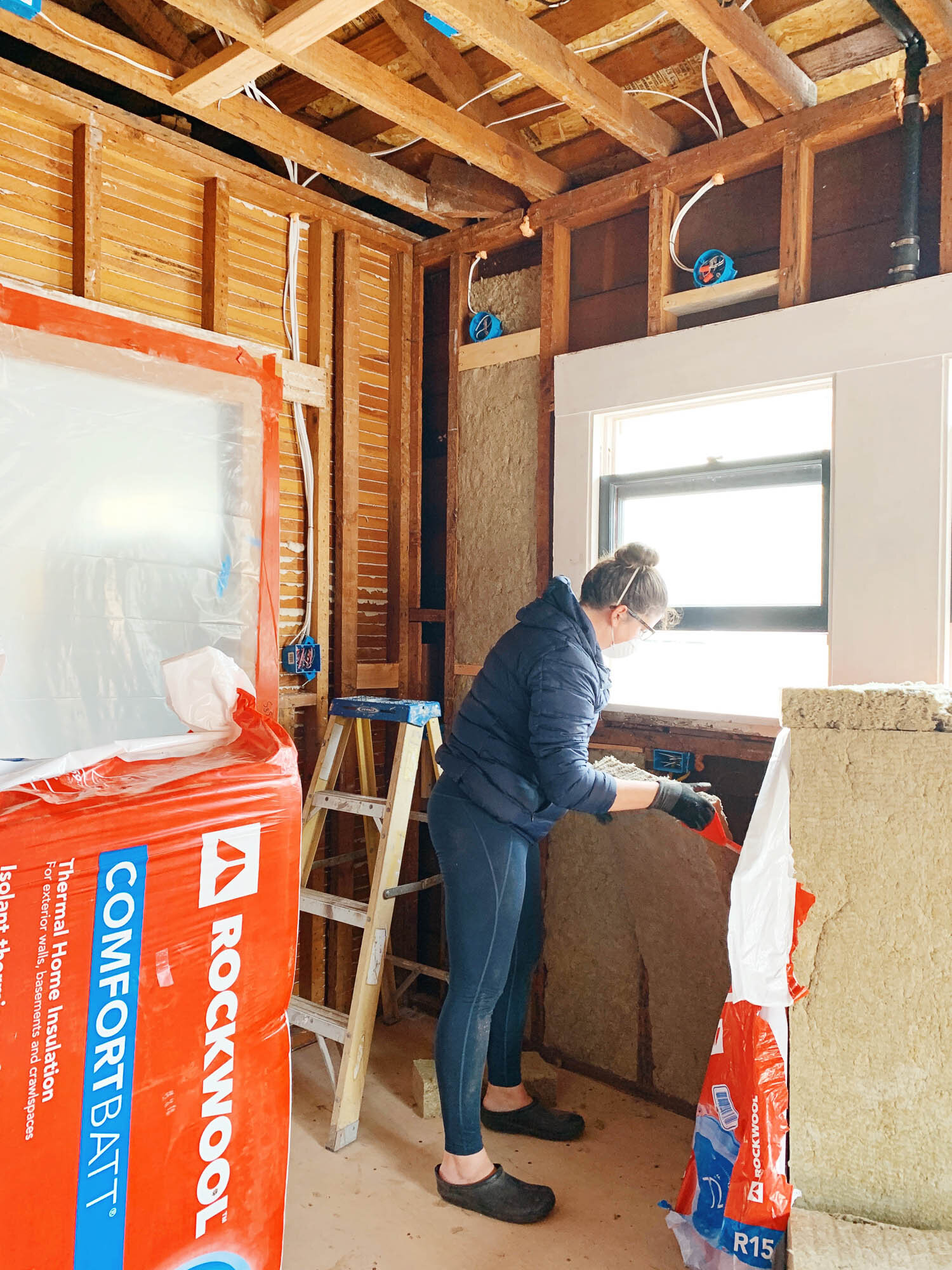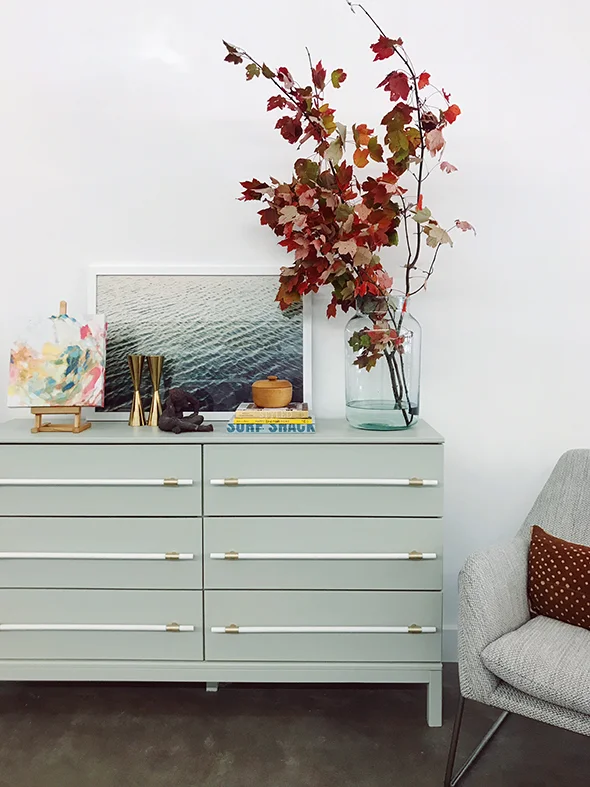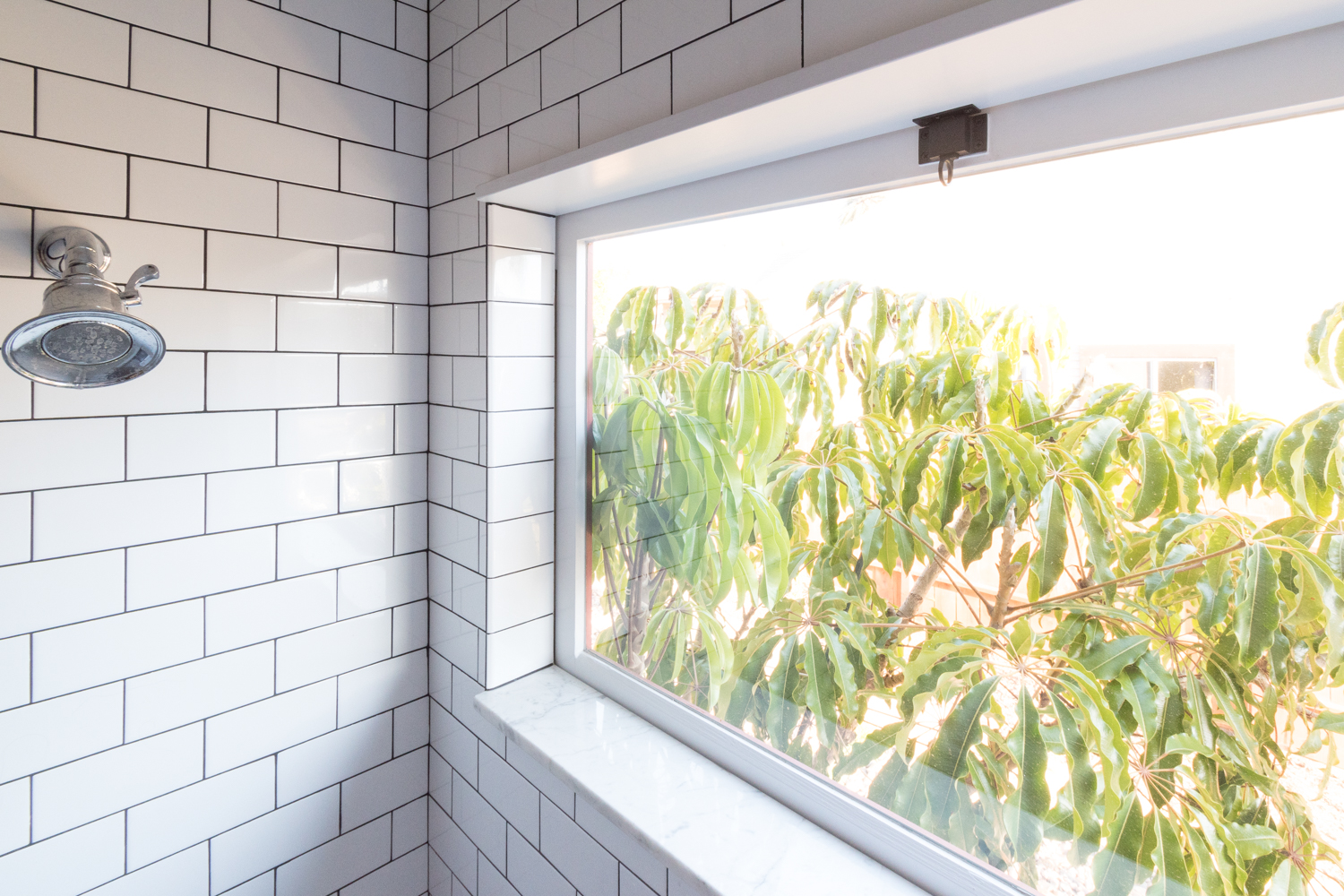How To Safely Work Around Lead-Based Paint When Re-Painting The Exterior of an Old House
/Our century-old house has been in need of a fresh paint job and the task of dealing with the layers of lead-based paint was admittedly intimidating. There are a few key steps to keep lead out of our waterways, soil, air, and homes when working outside. I’m here to share exactly what to do (and not do!) when prepping a house for a quality paint job while taking the greatest cautions with lead.
Read More












































Margot is getting an upgraded room to make space for baby sister in the nursery.
With an additional family member, we want to shuffle the rooms of our 3-bedroom house around. The one off the living room was being used as my home office, so now it’s time to convert it into an actual bedroom. The initial thought was to give this room to baby sister and keep Margot in her room. But we ultimately decided to put the baby in the room designed to be a nursery, then convert the home office into a space designed for a bigger kid. Plus, the office has more windows, and is right off the living room (Margot’s playroom) so it’s better suited for all the daytime play, whereas the single-window nursery is cozier for lots of daytime naps.